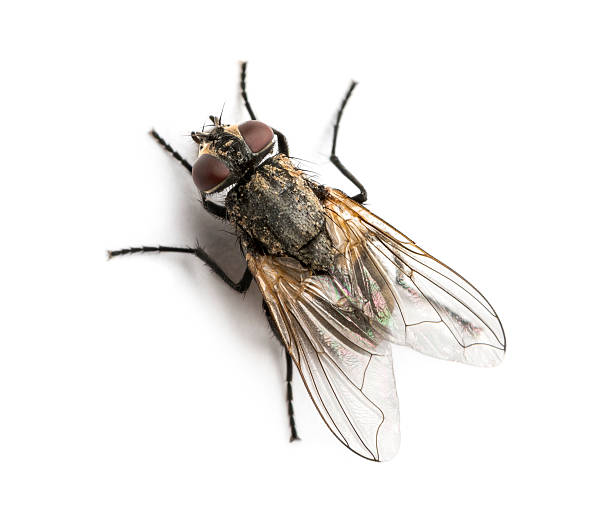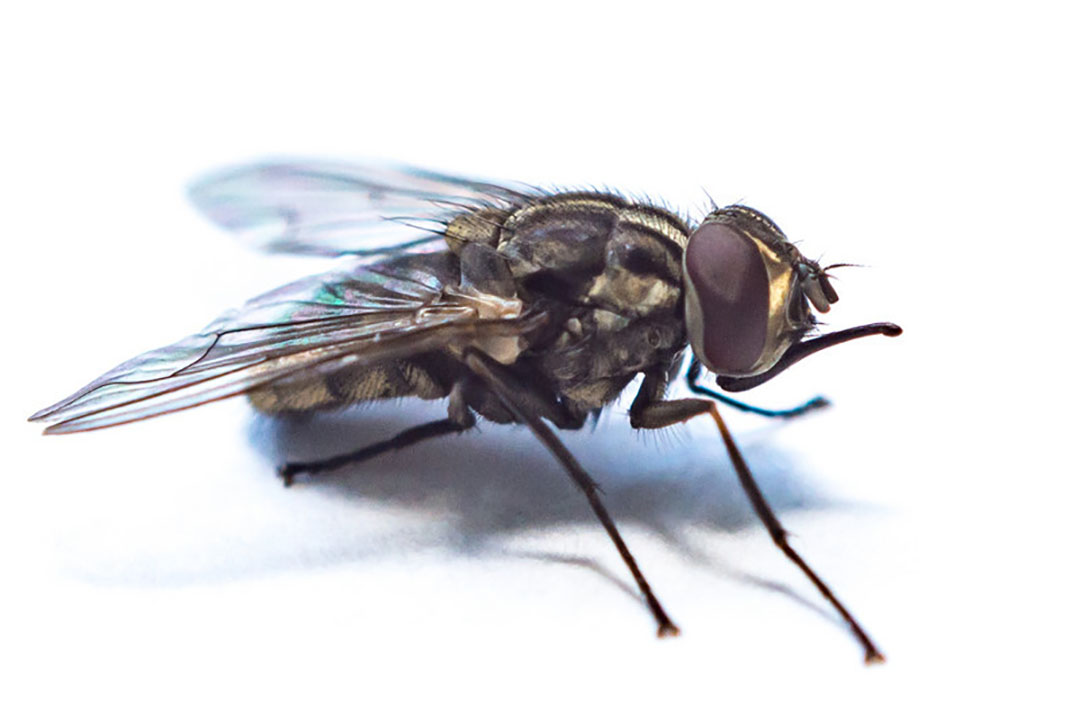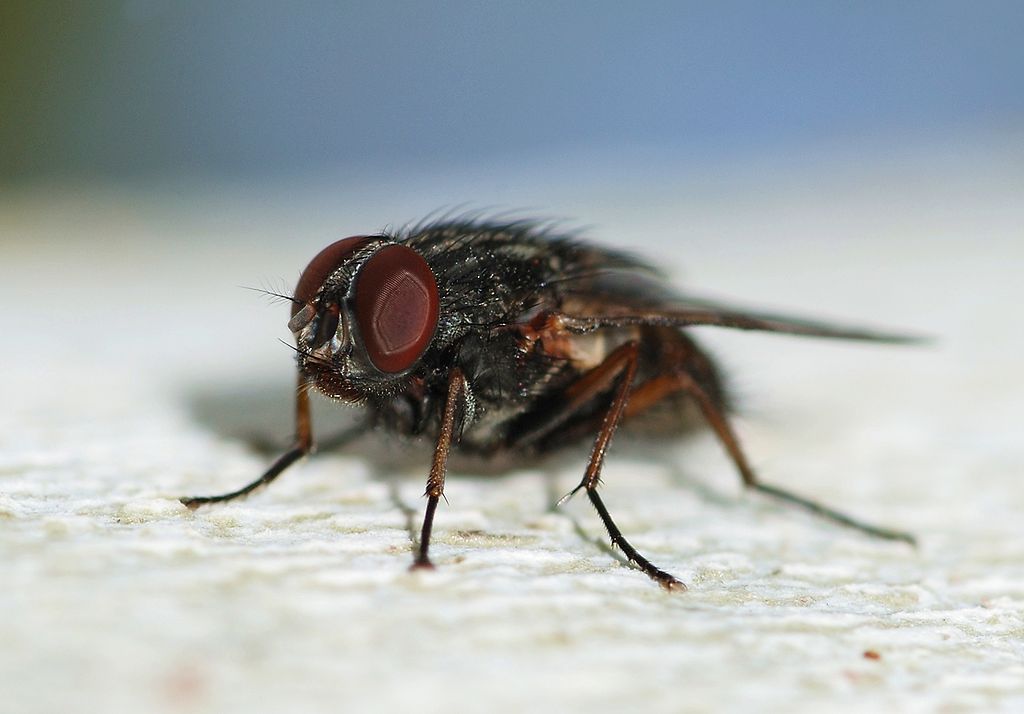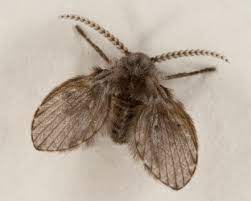Fly Pest Control
Fly Control Services in Minnesota - Brothers Pest Management
Flies are a common pest found in homes and businesses throughout Minnesota. If you're dealing with a fly infestation, look no further than Brothers Pest Management for effective and affordable fly pest control solutions.
Types of Flies in Minnesota:
There are several types of flies that are commonly found in Minnesota, including:
House Flies: House flies are the most common type of fly found in homes and businesses. They are attracted to food, garbage, and other organic materials and can carry and spread harmful bacteria and diseases.
Fruit Flies: Fruit flies are small, flying insects that are attracted to ripe and fermenting fruits and vegetables. They are often found in kitchens and can quickly become a nuisance.
Cluster Flies: Cluster flies are similar in appearance to house flies but are larger and move more slowly. They are attracted to warm and sunny areas and often cluster in large groups on windows and walls.
Drain Flies: Drain flies are small, moth-like insects that are commonly found near drains and in damp areas such as bathrooms and kitchens. They are attracted to standing water and organic materials such as grease and food particles.
Horse Flies: Horse flies are large, biting flies that are commonly found near bodies of water such as lakes and ponds. They are known for their painful bite and can be a nuisance for outdoor activities.
At Brothers Pest Management, we offer effective fly control services to help you get rid of these pests once and for all.
Our licensed and experienced fly pest control technicians use a variety of methods to eliminate flies from your property, including:
1. Identification of fly habitats and entry points
2. Use of eco-friendly insecticides and baits
3. Application of insect growth regulators to prevent future infestations
4. We also provide advice and recommendations for preventing future fly infestations, such as regular cleaning and sanitation and proper food storage.
Choose Brothers Pest Management for Effective and Affordable Fly Control!
Don't let flies take over your property. Contact Brothers Pest Management today for effective and affordable fly pest control services.
Our team of licensed and experienced technicians will work with you to develop a customized treatment plan that meets your specific needs.
Call us at (431) 431-7378 or fill out our online form above to request a free estimate today.
Types of Flies

House Fly
The female housefly usually mates only once and stores the sperm for later use.
The female House Fly lays batches of about 100 eggs on decaying organic matter such as food waste, carrion, or feces. These soon hatch into legless white larvae, known as maggots. After two to five days of development, these metamorphose into reddish-brown pupae, about 8 millimetres (3⁄8 inch) long. Adult flies normally live for two to four weeks, but can hibernate during the winter.
The adult house fly feeds on a variety of liquid or semi-liquid substances, as well as solid materials which have been softened by their saliva.
The House Fly can carry pathogens on their bodies and in their feces, contaminate food, and contribute to the transfer of food-borne illnesses, while, in numbers, they can be physically annoying. For these reasons, they are considered pests.

Blow Fly/Bottle Fly
The bottle fly/blow fly is found in most areas of the world and is the most well-known of the numerous green bottle fly species.
The common green bottle fly emerges in the spring for mating.
The bottle fly/blow fly females lay their eggs in carrion of all kinds, sometimes in the skin or hair of live animals, causing myiasis.
The bottle fly/blow fly larvae feed on decaying organic tissue.
The bottle fly/blow fly eggs hatch between nine hours and three days after being deposited on the host, with eggs laid in warmer weather hatching more quickly than those in cooler weather.
The female bottle/blow fly lay 150−200 eggs per clutch and may produce 2,000 to 3,000 eggs in her lifetime.

Stable Fly
The stable fly resembles the common housefly though smaller, and on closer examination has a slightly wider and spotted abdomen.
The stable fly is abundant in and around where cattle are kept.
Stable fly maggots are often seen in the rotting manure near cattle and poultry.
The adult stable fly of both sexes feed on the blood of warm-blooded animals during the daytime.
For stable fly egg production, the female requires its abdomen to be engorged with blood.
The female stable fly takes approximately 2–5 minutes to engorge, after which it becomes sluggish for a while.
The stable fly eggs are laid among putrefying organic materials such as hay, manure, and wood.
The Male stable fly usually dies after mating and the females after laying eggs.

False Stable Fly
False stable flies are worldwide in distribution and are frequently found in livestock facilities and outside restrooms.
The false stable fly commonly breed in manure and defecate on food, which has been linked to the spread of some disease and illnesses.
Female adult false stable flies usually choose decaying matter as sites to lay the eggs. These nutrient-rich areas are ideal for the growth and development of the hatching larvae.
In contrast to adult flies, the larvae do not have a definite head. Instead, there are two grasping hooks that they use to cut and tear food

Moth Fly
The Moth fly is also called a drain flies, sink flies, filter flies,sewer flies, or sewer gnats, is a family of true flies.
Moth fly larvae live in aquatic to semi-terrestrial or sludge-based habitats, including bathroom sinks, where they feed on bacteria and can become problematic.
The larvae of the most commonly encountered species of moth fly are nearly transparent with a non-retractable black head and can sometimes be seen moving along the moist edges of crevices in shower stalls or bathtubs or submerged in toilet water.
REQUEST A FREE ESTIMATE
OR CALL US AT
(612) 431-PEST (7378)
QUICK LINKS
CONTACT US
Brothers Pest Management
(612) 431-PEST (7378)




